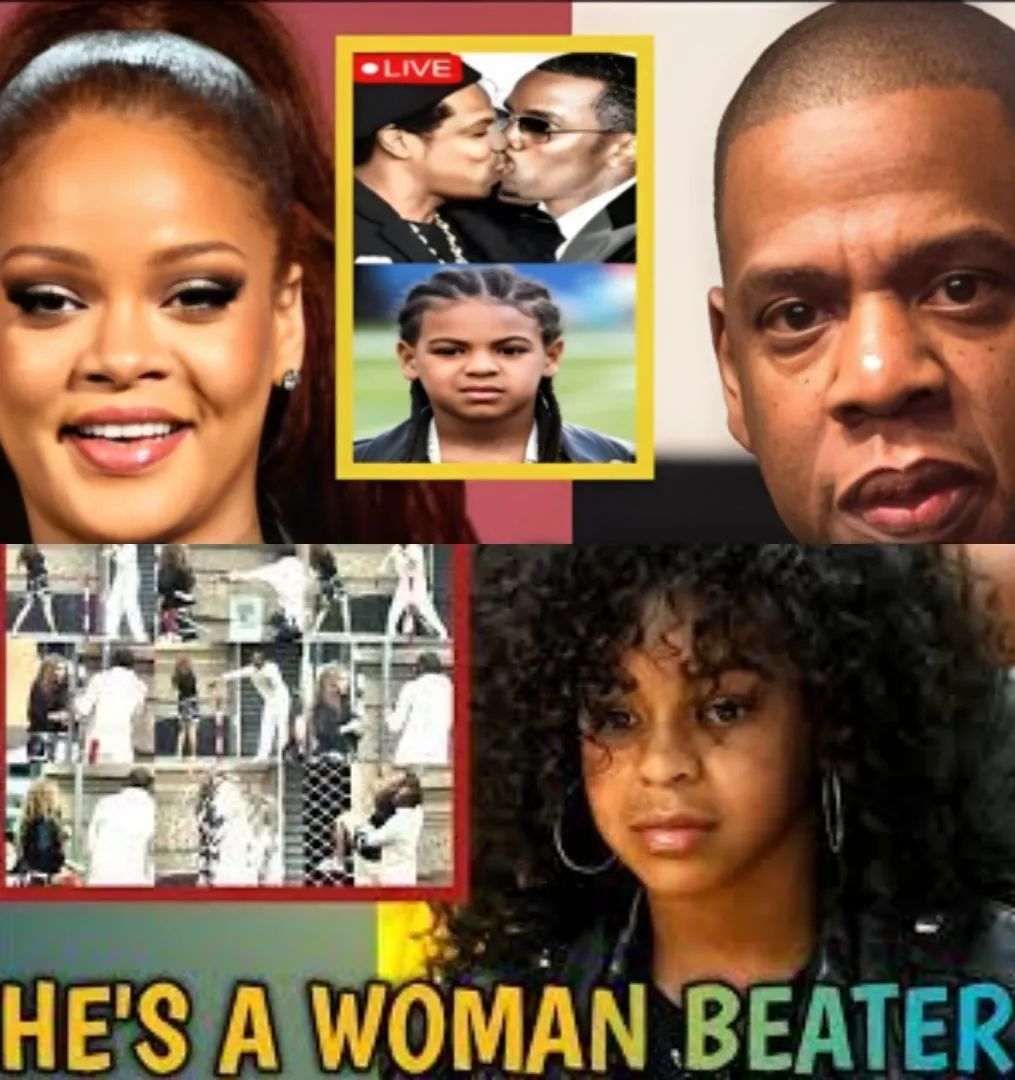In recent years, the entertainment industry has become a focal point for discussions about hidden influences, secret societies, and alleged occult practices.
Among the most talked-about conspiracy theories is the idea that Hollywood is riddled with rituals and symbols linked to Baphomet, a figure often associated with occultism, Satanism, and secret societies like the Illuminati. Unexpectedly, prominent figures like comedian Katt Williams and singer-songwriter Jaguar Wright have emerged as vocal critics, claiming they are teaming up to expose these alleged rituals and the darker side of Hollywood’s inner circles.
Katt Williams, renowned for his sharp satire, social commentary, and outspoken personality, has long expressed skepticism about the entertainment industry’s underbelly.

While primarily celebrated as a comedic genius, Williams has periodically voiced concern over the corrupt practices and manipulative chains of power embedded within Hollywood. His outspoken criticism goes beyond mere industry grievances—he hints at deeper, more sinister spiritual agendas being embedded in the very fabric of fame and celebrity culture.
Jaguar Wright, on the other hand, has emerged as a distinctive voice in the realm of exposing unseen agendas. Once a beloved singer and songwriter, Wright has become increasingly vocal about her experiences with exploitation and the hidden rituals she claims to have encountered.
Her narratives often encompass accounts of secret societies, occult symbolism, and covert rituals performed by powerful elites in the entertainment sector. She asserts that many famous celebrities and industry figures are involved in occult practices and that these rituals serve to maintain control over their subjects and audiences.
The idea of Williams and Wright teaming up to "expose Baphomet rituals" in Hollywood is rooted in their shared belief that there is a clandestine network of power wielding influence through occult means.
Video:
Baphomet, a goat-headed figure often associated with Satanism, appears in many conspiracy theories as a symbol secretly worshiped by elites to maintain their dominance.
According to these claims, Hollywood is used as a platform for rituals, obeisance, and symbolic acts that serve to foster a spiritually corrupt environment while secretly governing the industry behind the scenes.
Their collaboration signifies a bold attempt to reveal what they see as a hidden truth that many are afraid to confront. Both Williams and Wright suggest that the rituals involve not only symbolic acts but also potentially harmful spiritual practices intended to control, manipulate, or even harm those involved.
They speak of secret meetings, initiation ceremonies, and symbolic displays of Baphomet imagery — all designed to subliminally influence popular culture and shape societal values according to occult standards.

This alliance between Williams and Wright also highlights a broader cultural movement questioning authority and exposing hidden powers. It reflects a growing skepticism among some artists and thinkers about the nature of fame, success, and the spiritual underpinnings of Hollywood.
For many, their partnership symbolizes a merging of entertainment, activism, and spiritual awakening, seeking transparency in an industry often accused of being opaque and manipulative.
Skeptics, however, argue that these claims are exaggerated or based on symbolic misinterpretations. Critics say that accusations linking Hollywood to Baphomet rituals often rely on conspiracy theories without concrete evidence, and that such narratives can sometimes perpetuate fear and misunderstanding rather than promote genuine awareness.
Nonetheless, defenders argue that the symbolism and alleged rituals, whether real or speculative, point to a deeper cultural issue about the influence and progression of the entertainment industry.
The collaboration also touches upon larger themes like freedom of expression, the power of voice, and the importance of uncovering truth in a world saturated with commercial interests and media manipulation.
Williams and Wright’s outspoken stance is a reminder of the ongoing debate about the hidden dimensions of popular culture, spirituality, and societal control.
In summary, the partnership between Katt Williams and Jaguar Wright to expose Baphomet rituals in Hollywood embodies a radical challenge to the status quo. It underscores a desire among certain artists and activists to shed light on alleged occult influences behind the glitz and glamour of Tinseltown.
Whether their claims are entirely factual or symbolic protests, their united front has sparked conversations about spiritual integrity in entertainment and the importance of questioning authority.
The discussion about secret societies, occult symbolism, and ritualistic practices continues to stir debate, fueling curiosity and skepticism alike.
Ultimately, their efforts reflect a broader quest for truth in a world where appearances can be deceptive, and hidden forces may be at play beneath the surface of fame and glamour.

-1733244868-q80.webp)

